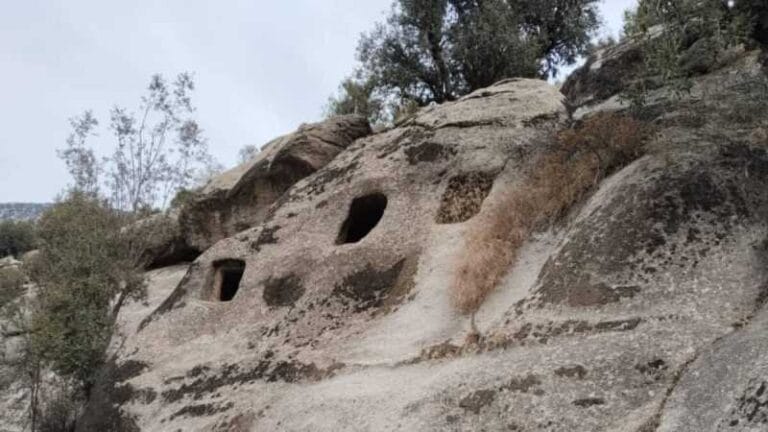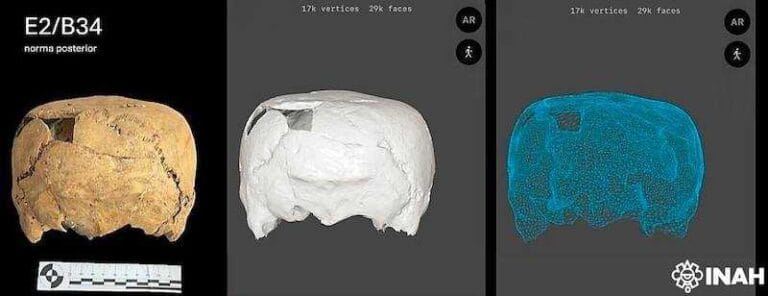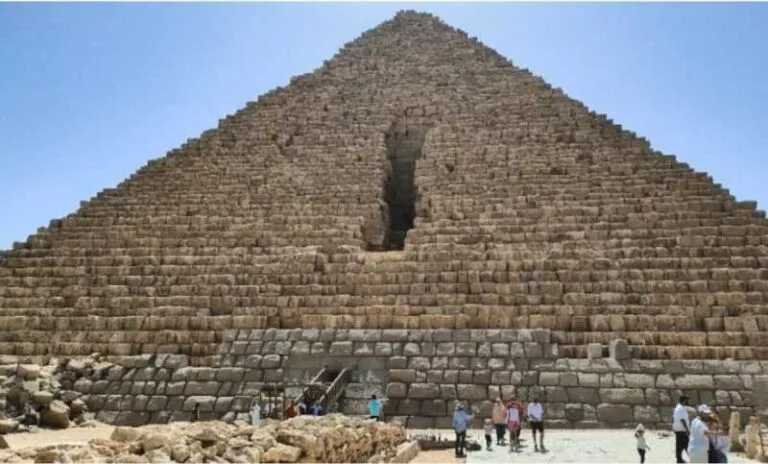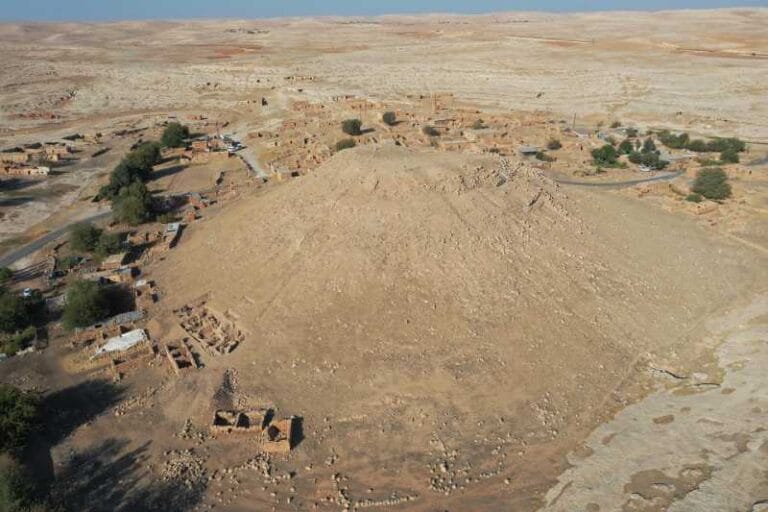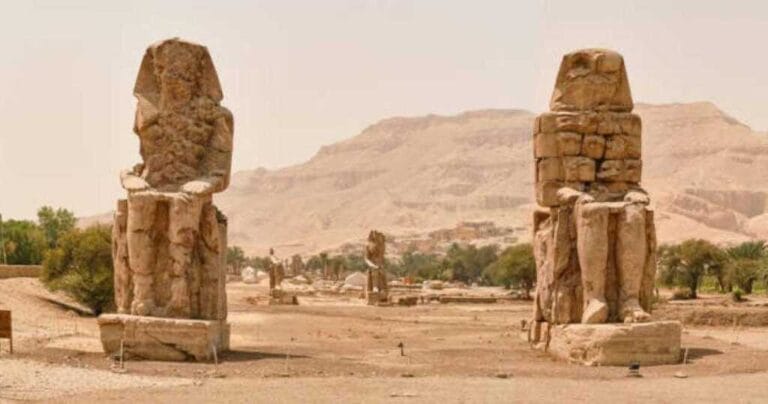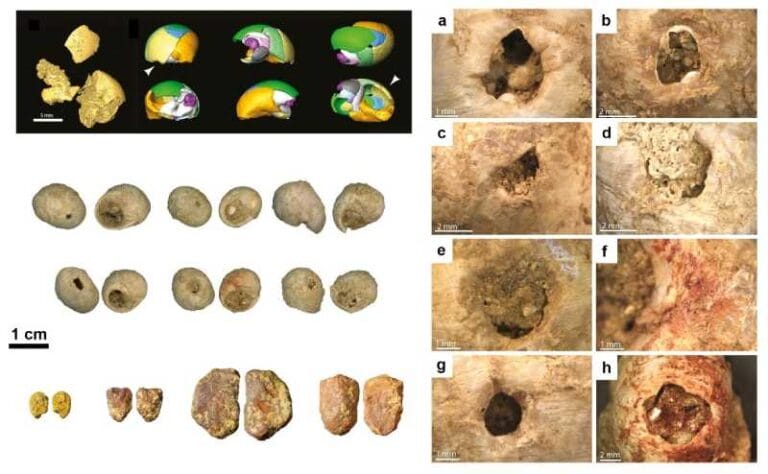10,000-year-old rock engravings discovered in Libya
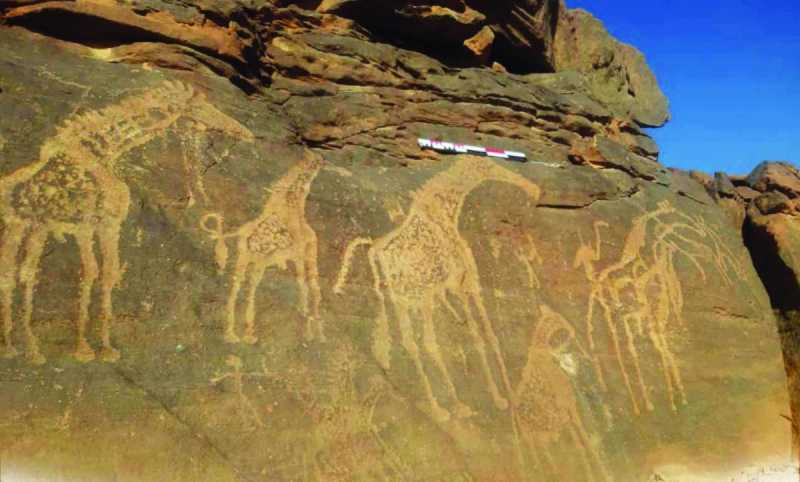
The Libyan Department of Tourist Police and Antiquities Protection has announced the discovery of an archaeological site in the Al-Hasawna Mountains, in the southwest of the country. The site features a collection of rock engravings estimated to be around 10,000 years old, revealing a rich sequence of styles that characterized the prehistoric art of the Libyan desert.
The discovery came after a resident of the city of Sabha informed the local branch of the department about the possible presence of ancient inscriptions in the region. Following the report, a technical team was dispatched to the site for investigation.
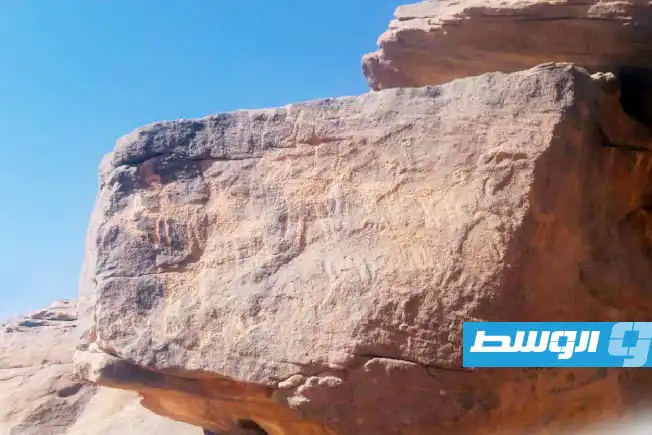
The engravings discovered include typical representations from different phases of Saharan rock art, such as the Round Head, Buffalo, Bovidian, Camel, and Horse styles. These periods reflect not only changes in the region’s fauna and environment over millennia, but also cultural and symbolic transformations of the human groups that once inhabited the area.
The inspection involved representatives from various Libyan archaeological institutions, including the deputy head of the Sabha branch, specialists from the Sabha and Ubari offices, two technicians from the Fezzan Antiquities Authority, and the head of the Archaeology Department at Sabha University. A preliminary assessment confirmed the scientific and historical value of the engravings.
Given the significance of the find, the Tourist Police Department mobilized teams and cultural heritage protection units in the south of the country to monitor and safeguard the site. The goal is to prevent acts of vandalism and potential looting attempts—common threats to archaeological sites in remote areas of Libya.
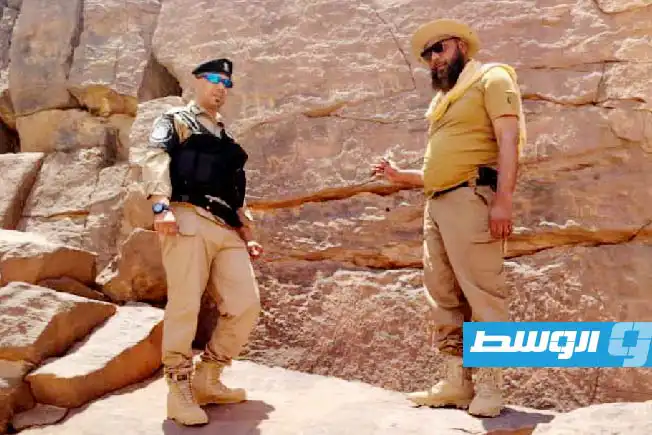
The discovery highlights the still largely unexplored archaeological potential of Libyan territory, especially in desert regions like Al-Hasawna, where climate changes over time have preserved valuable records of prehistoric human occupation.

